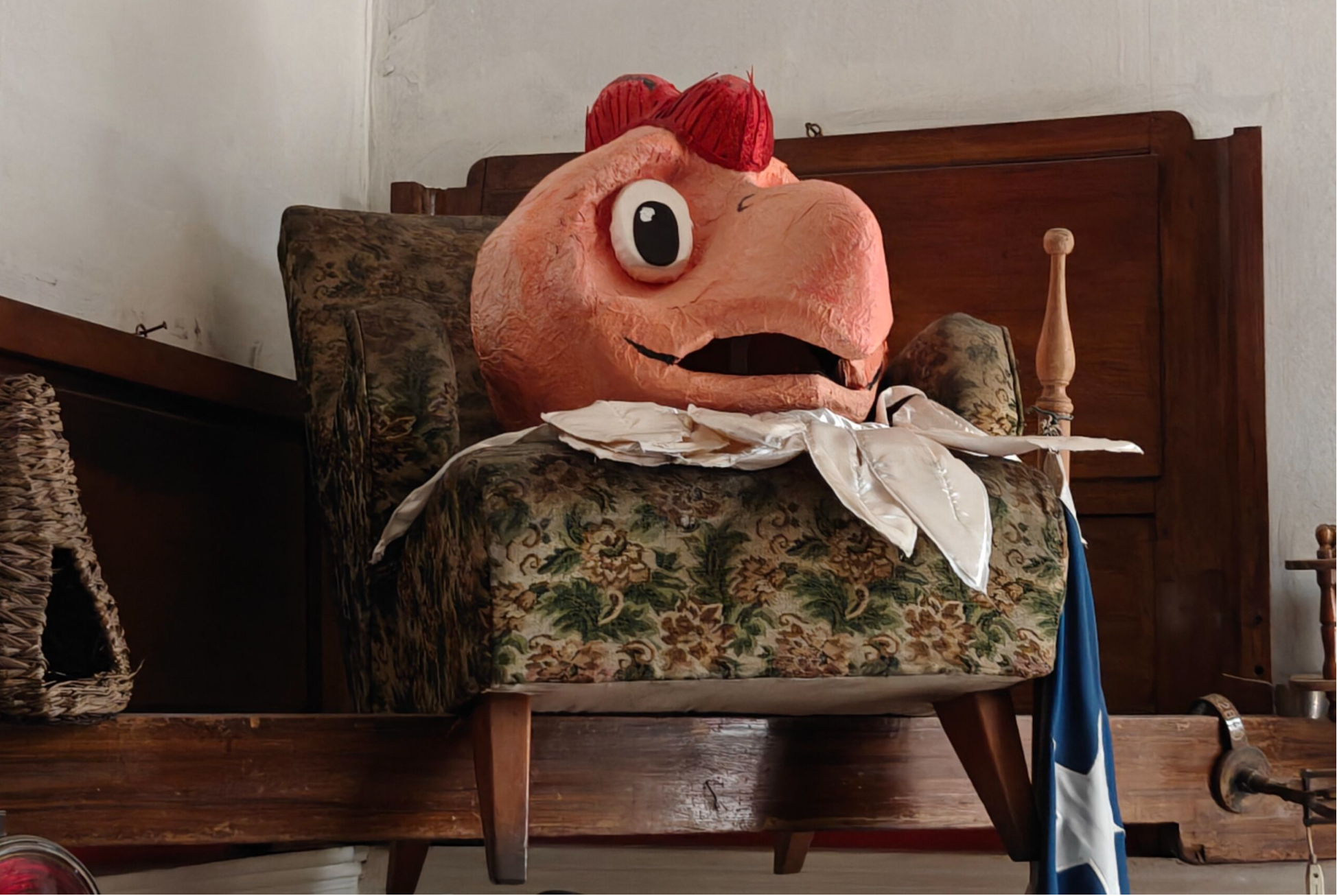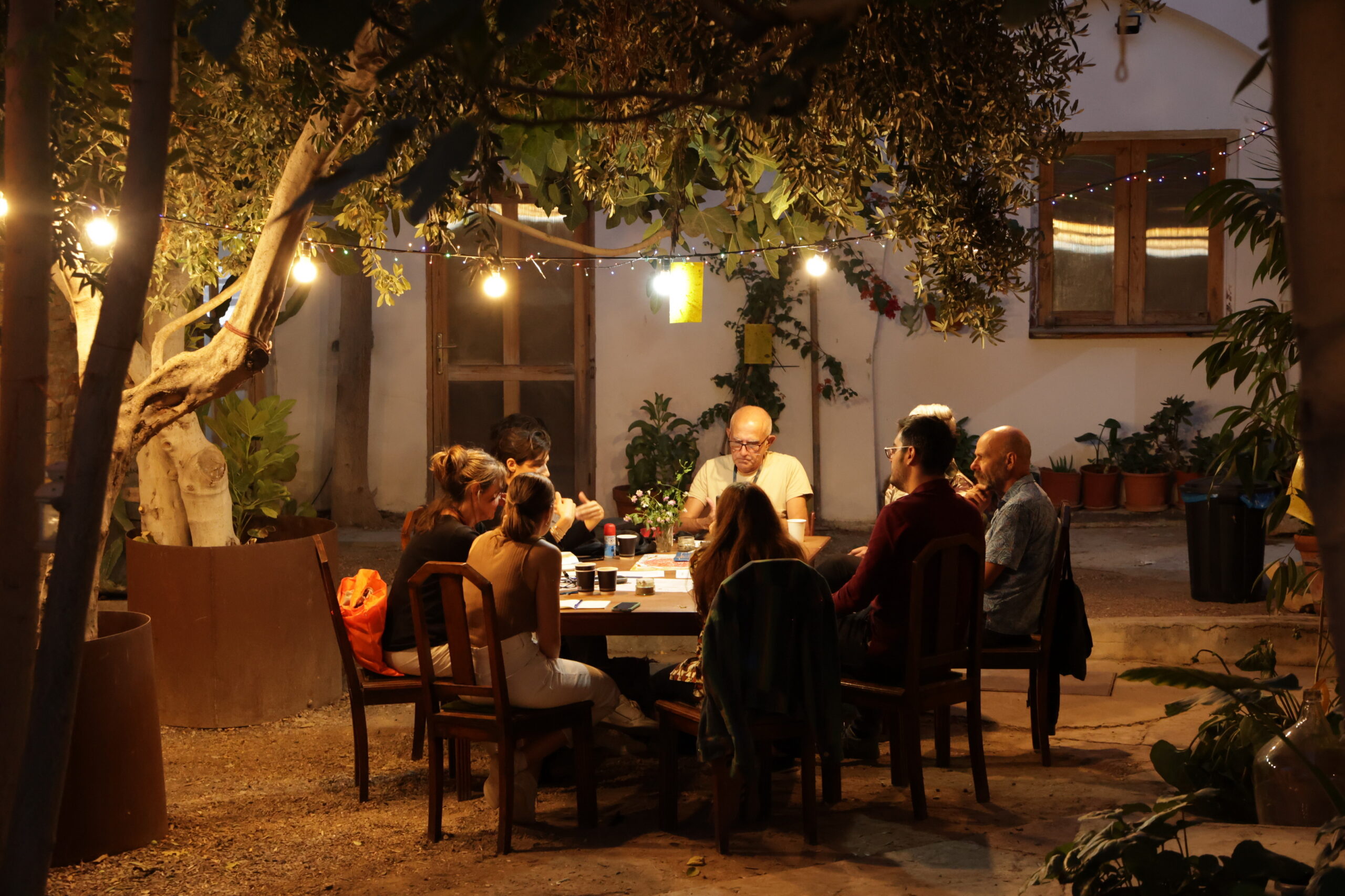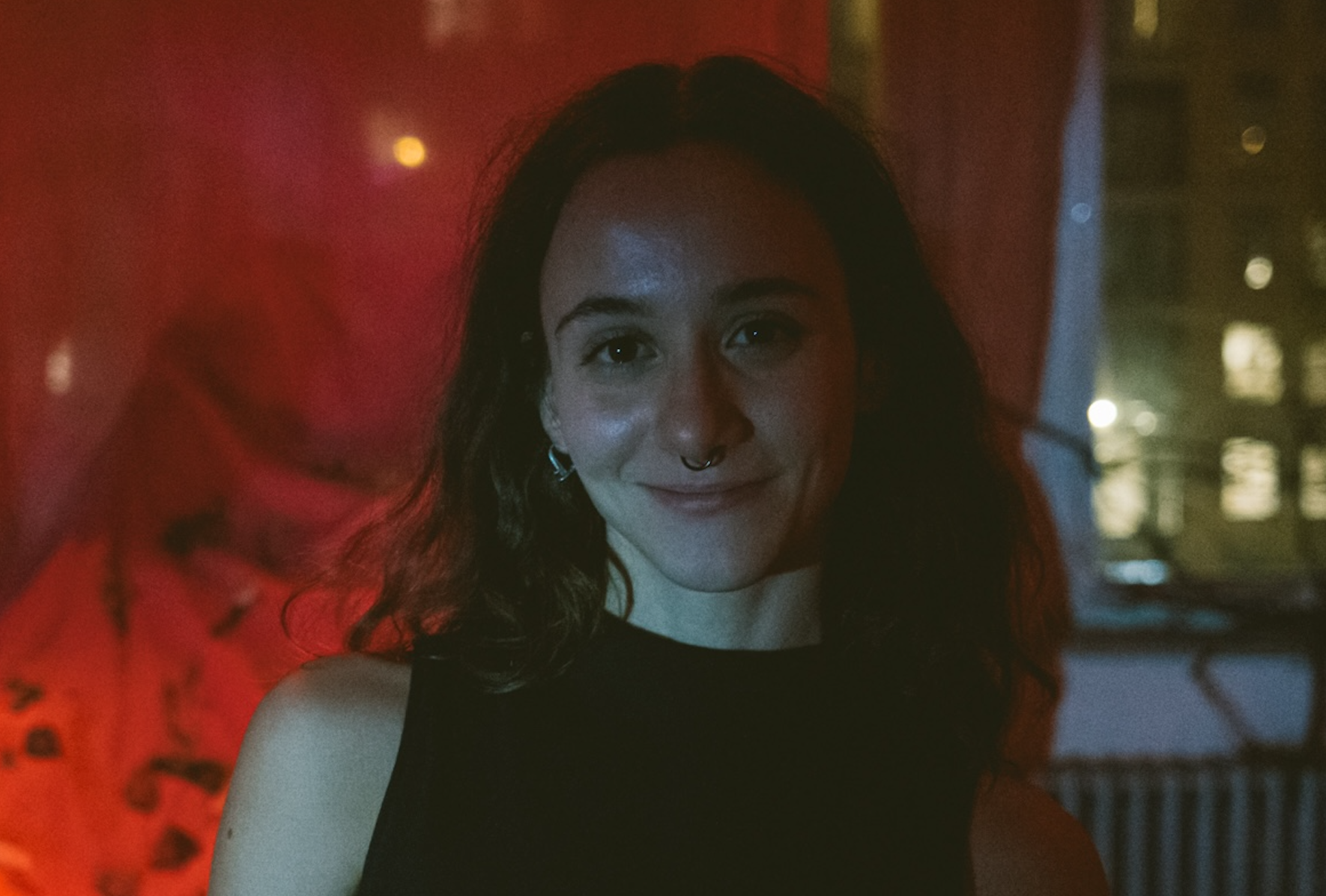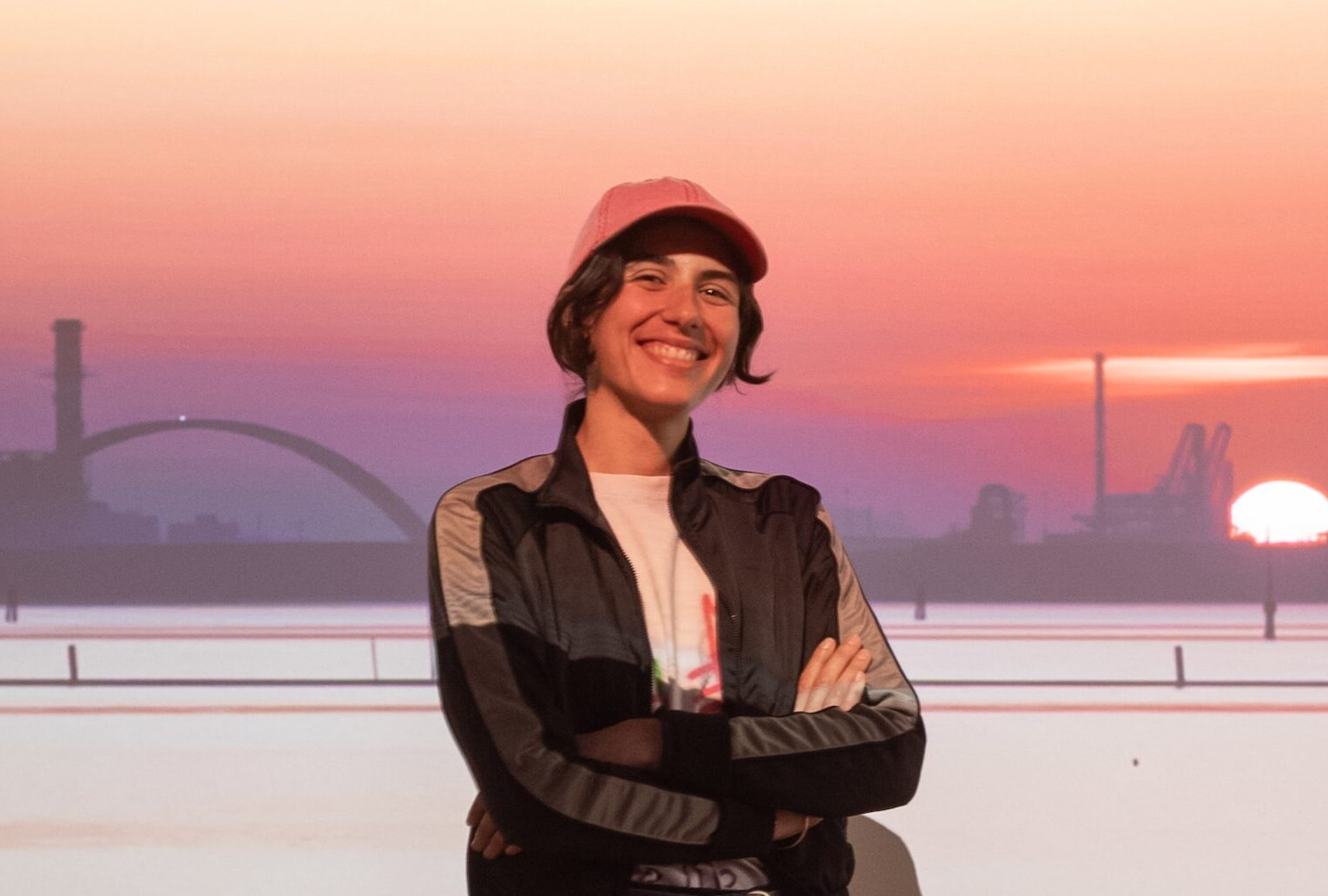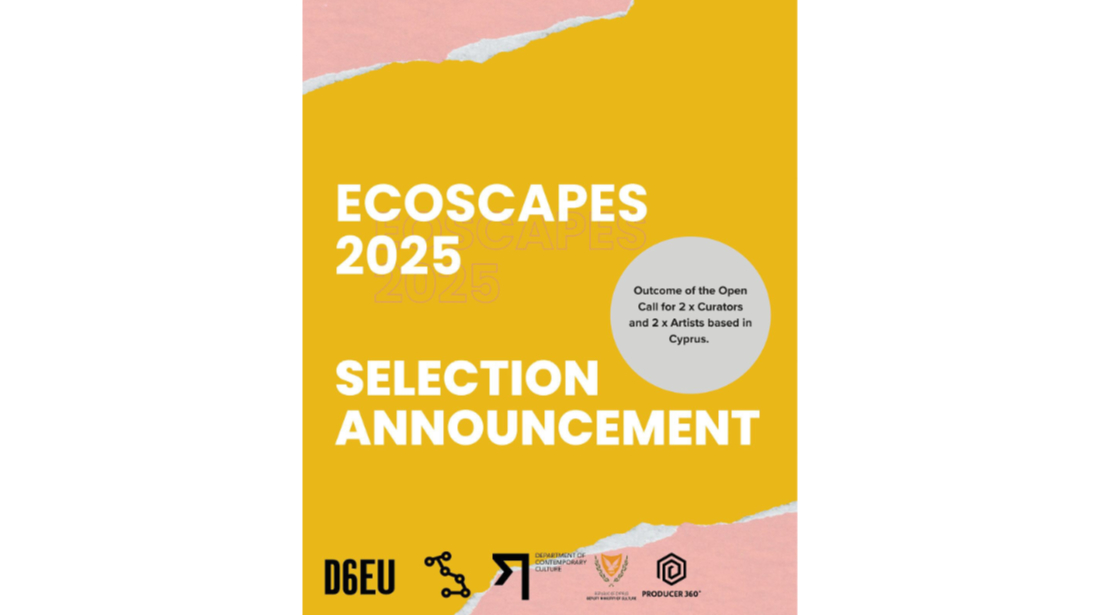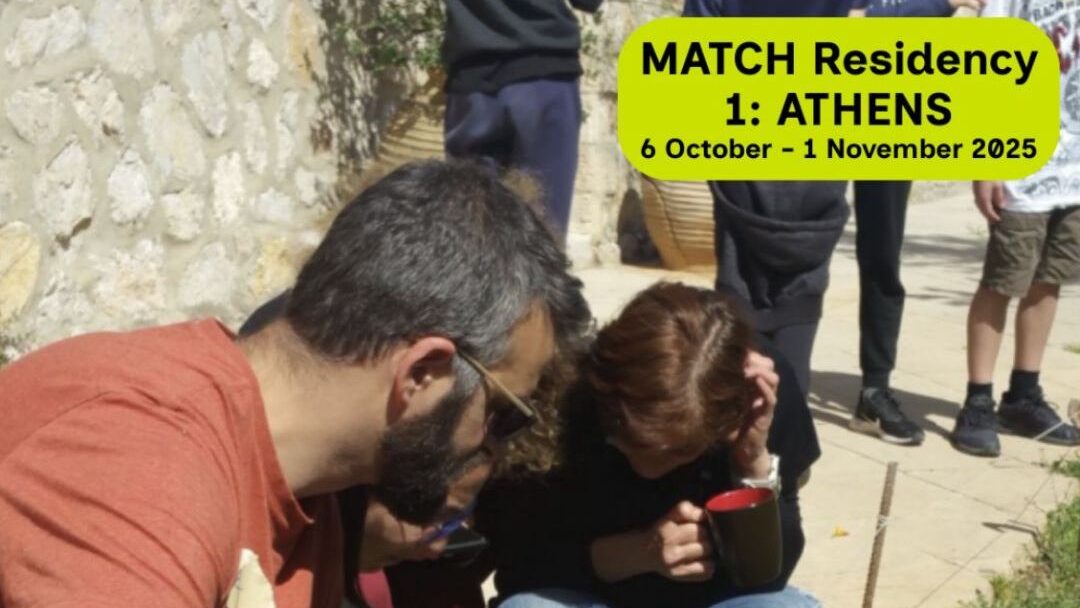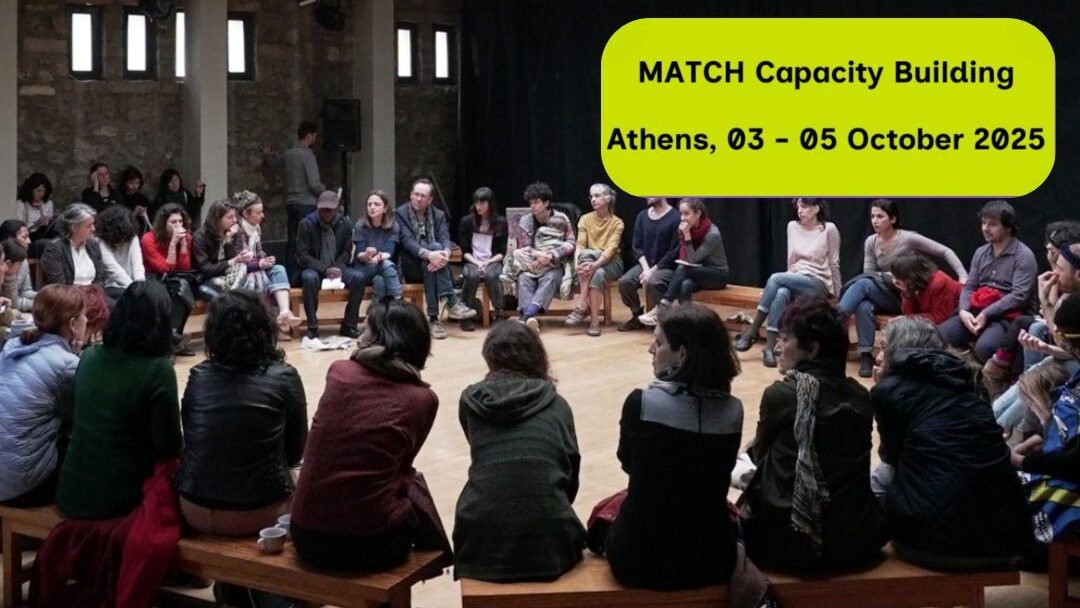Contested Desires: Residency,
Santiago, Chile
As part of the Contested Desires residency, D6:EU artist Emiddio Vasquez spent a month at the Museo de la Memoria y los Derechos Humanos in Santiago, Chile, where he further developed his ongoing lecture-performance Numismatics.
The performance treats coins as points of social contact carrying condensed histories, extending the research of Vasquez’s record label Moneda. Through the study of coins, Numismatics examines their shifting meanings and perceptions, retracing them to notions of memory and protection. By alternating between these two themes- like two sides of the same coin- the work speculates on how currencies change materially and ideologically, and how these transformations shape the world, its governing structures, and people’s ways of resisting them.
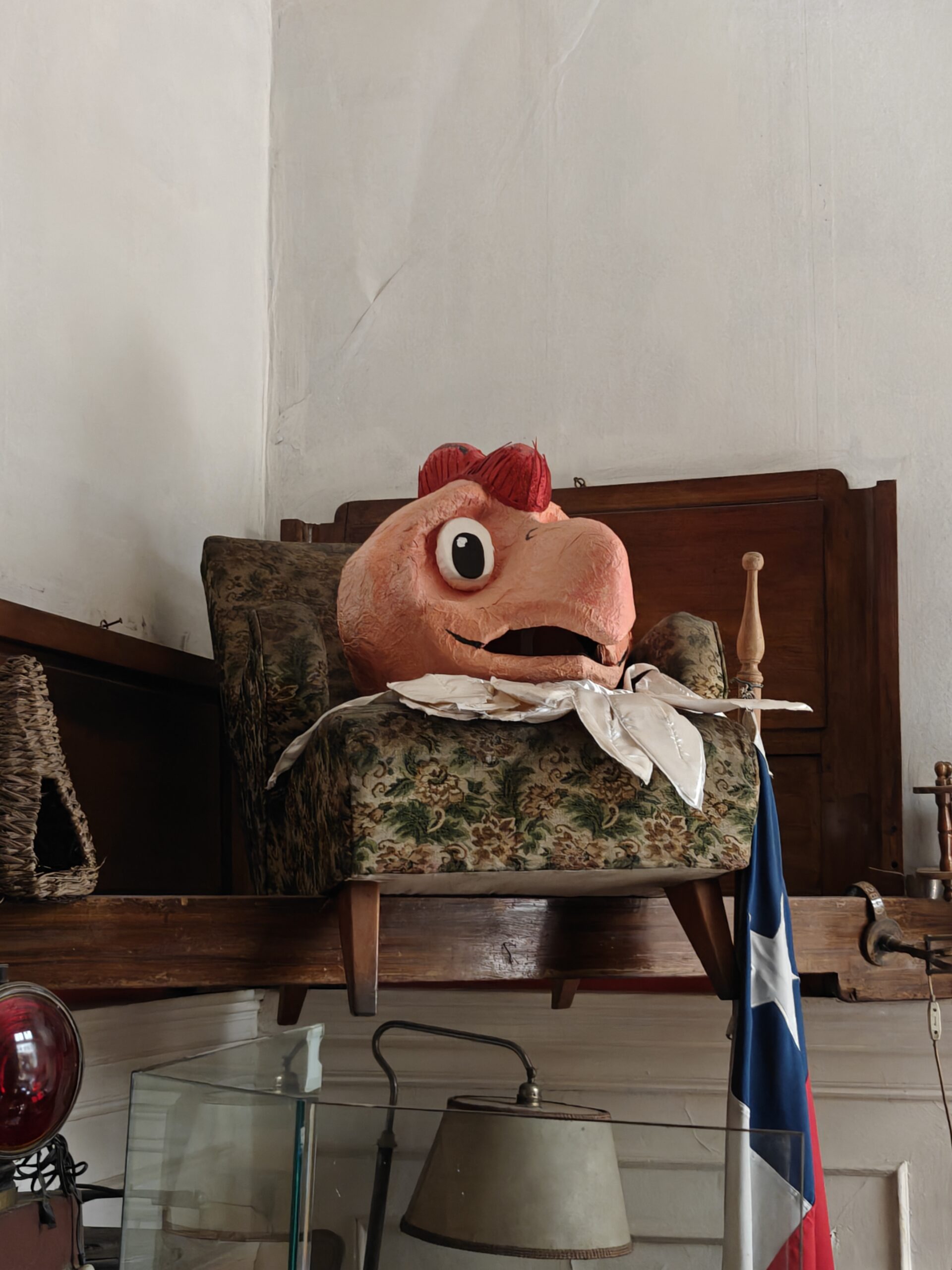
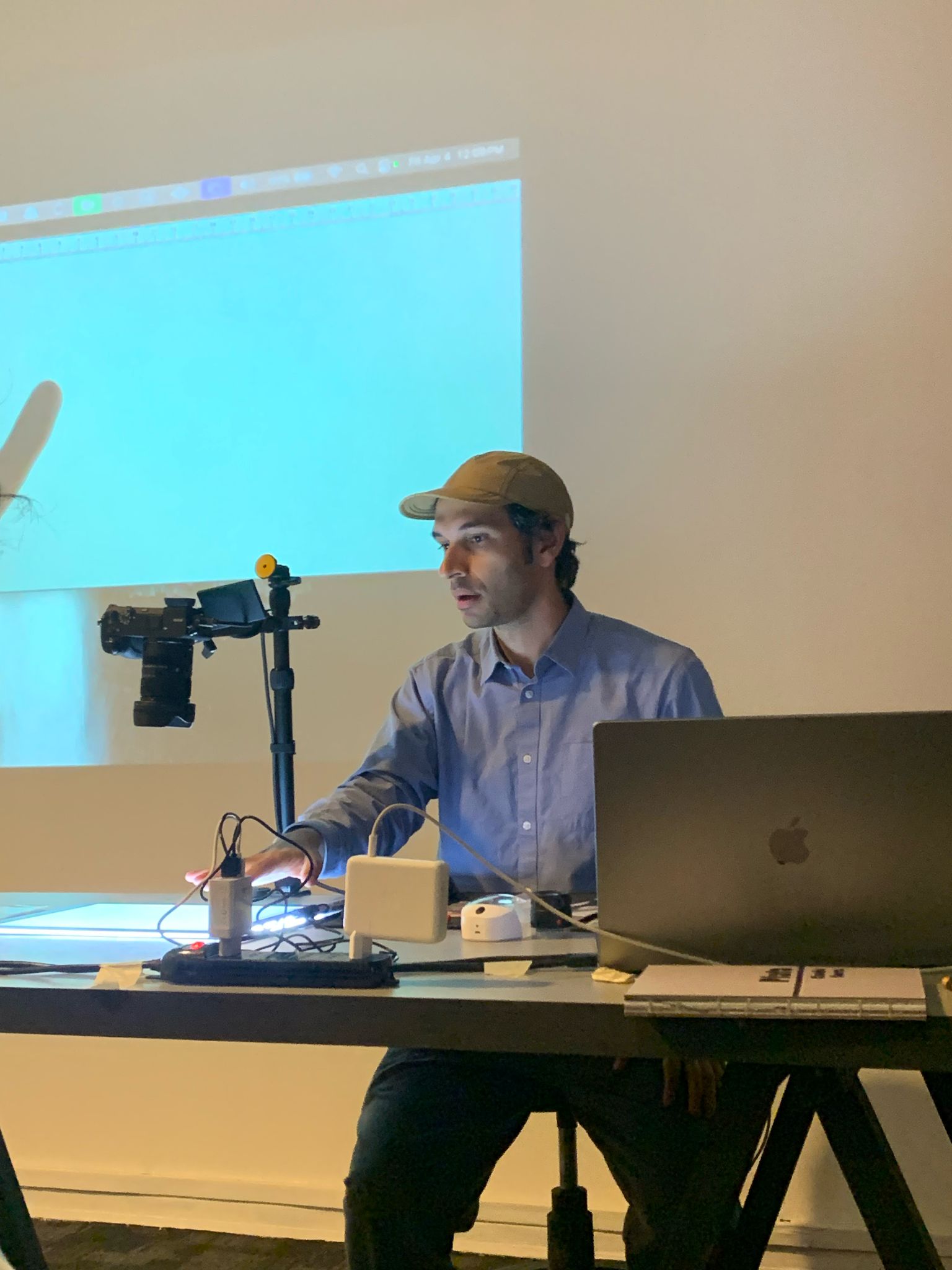
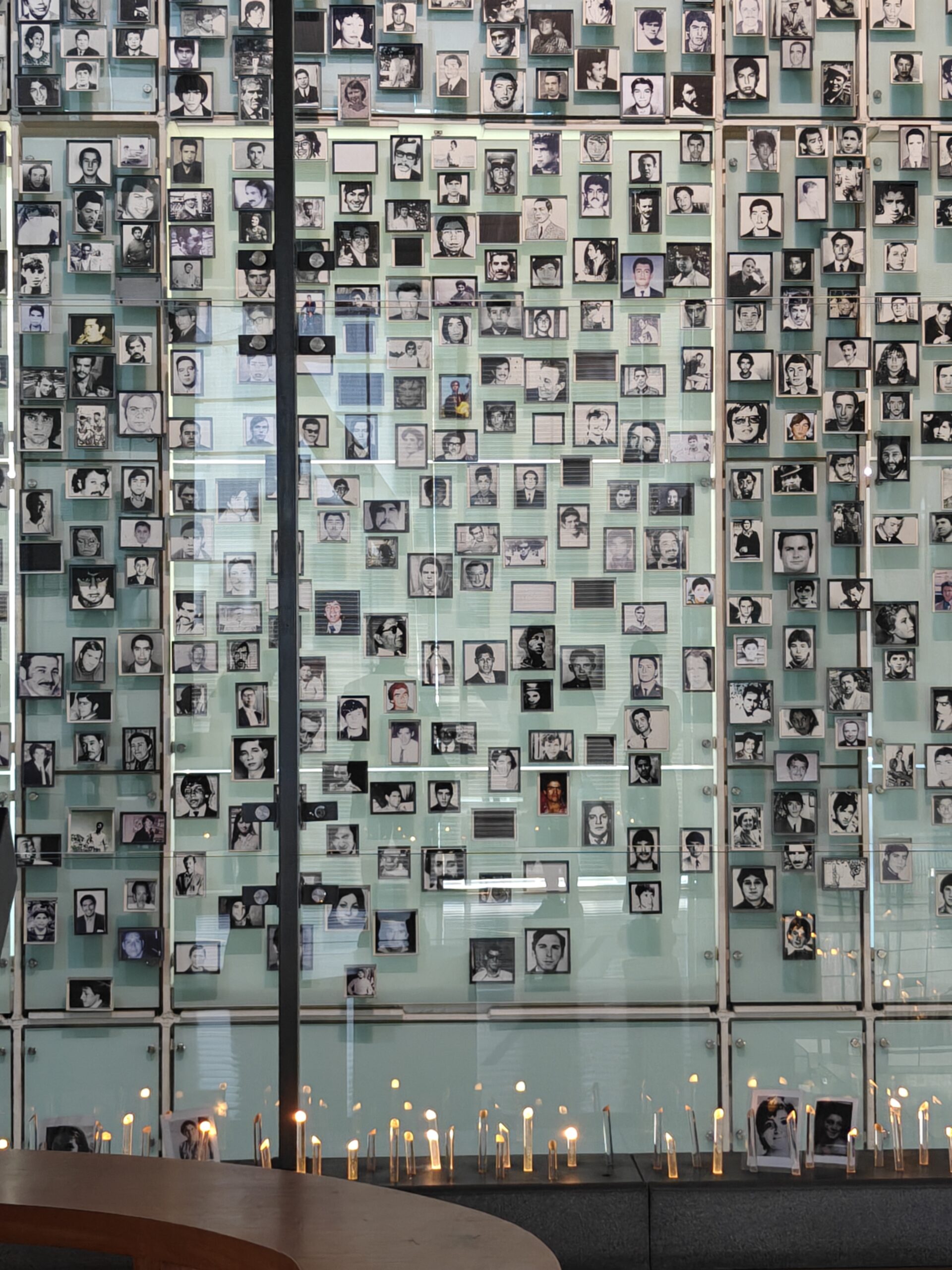
During the residency, Vasquez engaged with the museum’s numismatic collection, which preserves stories from the Pinochet dictatorship. Prisoners of that era often used smuggled coins as raw material for craftmaking, producing objects sent as gifts to family members or sold through international solidarity networks. In this way, prisoners transformed coins’ economic use-value into carriers of memory, perseverance, and solidarity. The painstaking craftsmanship inscribed on them through labour documents both the hardship of prolonged isolation and the resilience of those who resisted.
Alongside this research, Vasquez was drawn to two additional themes: The history of the Palestinian diaspora in Chile, explored through the C.D. Palestino football club and the Patronato neighborhood, and the discovery and donation of a found 16mm film shot in Chile between 1965 and 1973. The film documents the Agrarian Reform in Chile, which marked a historic transition from latifundia to asentamientos (a form of cooperative farming) through the redistribution of land to peasants. All three thematic threads- numismatics, diaspora, and land- are tied by questions of memory, placemaking, resistance, and their entanglement with capital in its various forms.

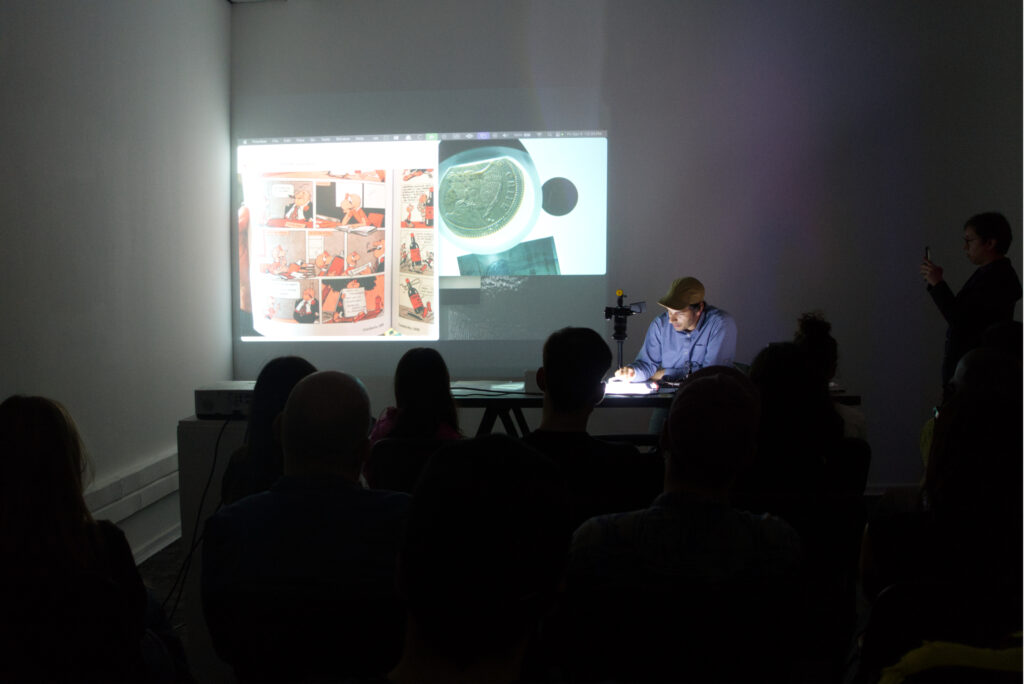
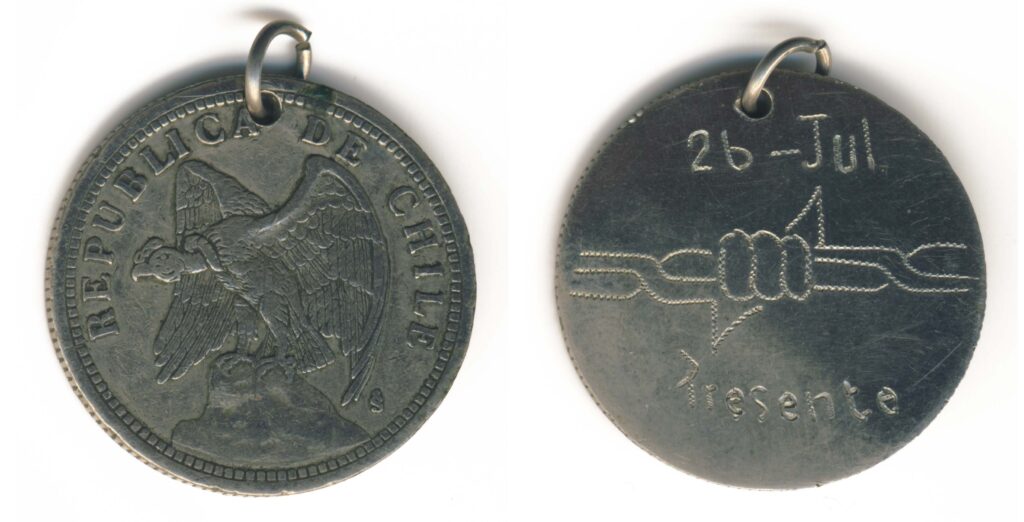
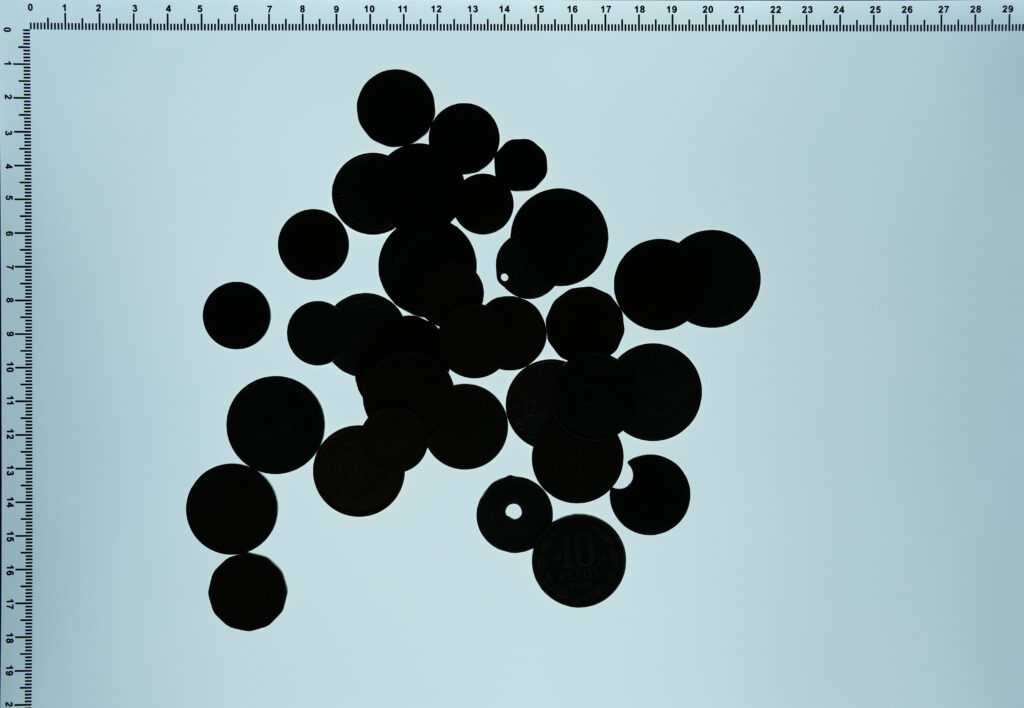
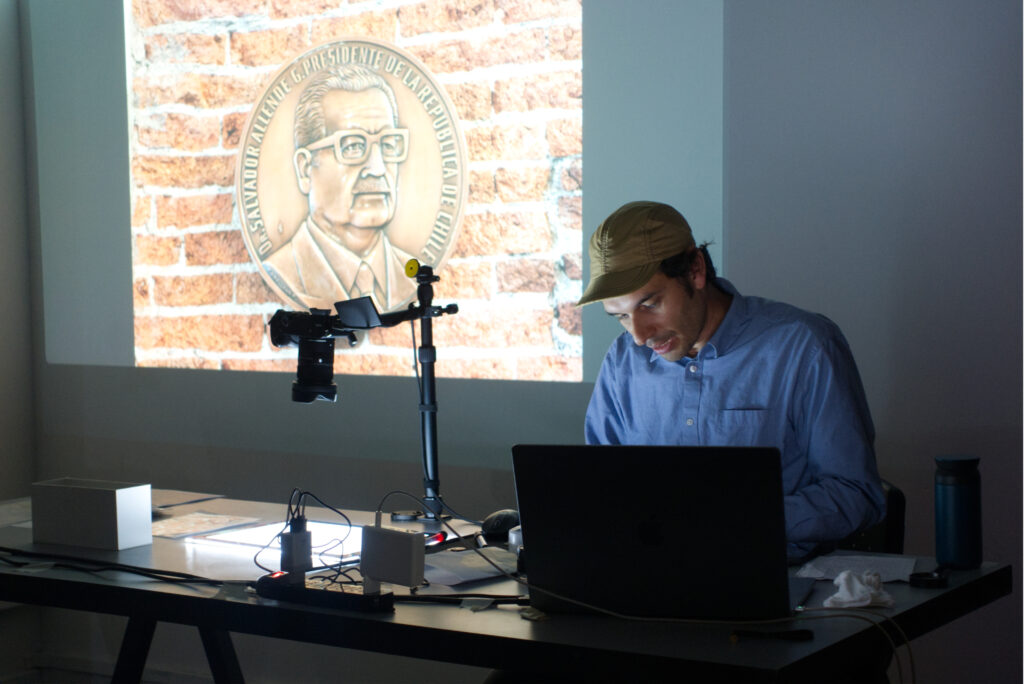
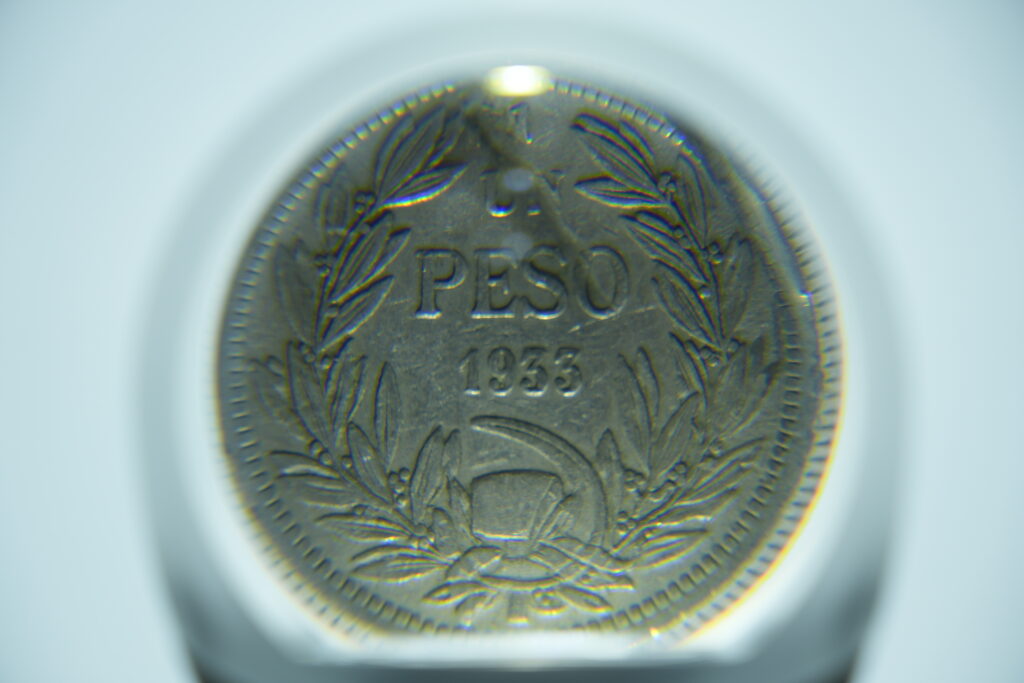
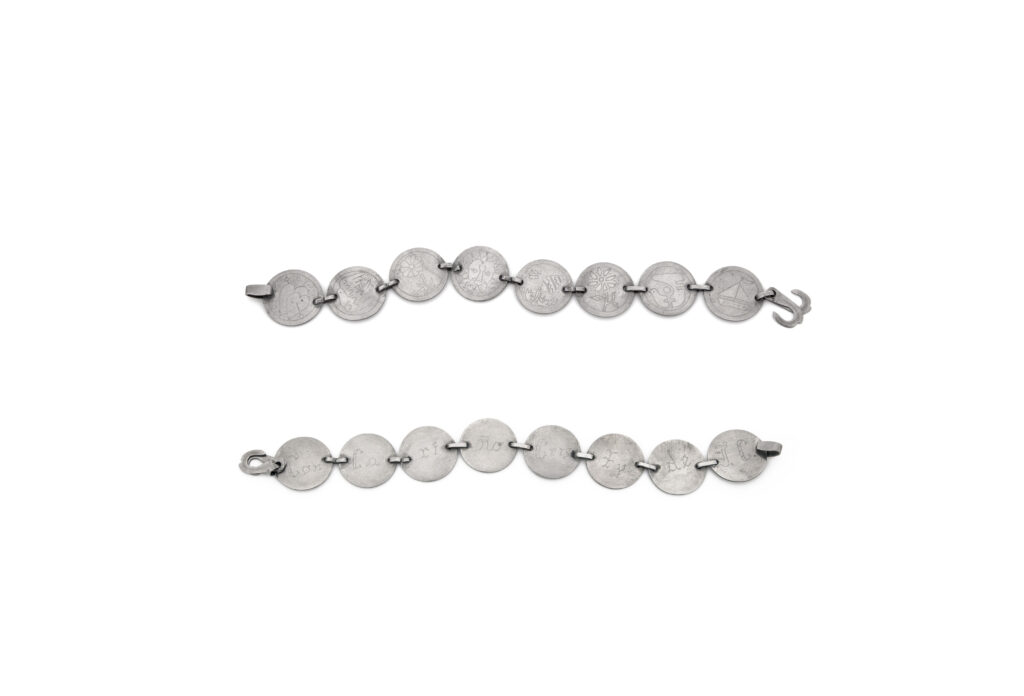
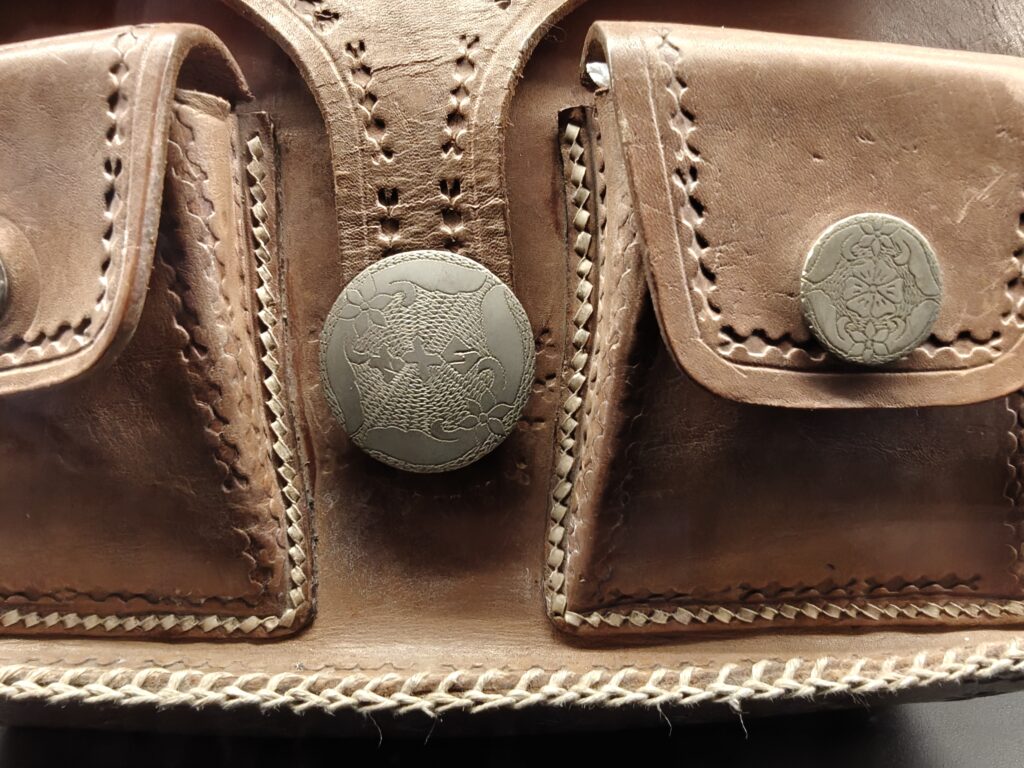
Looking ahead, Vasquez plans to continue working on the 16mm film project. With the necessary time and resources, he hopes to revisit the original sites depicted in the footage to trace what has become of the latifundia 50 years later. His upcoming research in Amsterdam will also expand on these themes: presenting digital reflections of his residency in Chile, investigating the notions of memory and protection in the context of the H401 space, Amsterdam’s new legislation concerning football fanaticism and engaging with the contested histories housed across at the NIOD Institute for War, Holocaust and Genocide Studies- particularly in relation to contemporary definitions of genocide and the preservation of memory amidst the ongoing atrocities.
Photo credits: Pendant: Pendant created by Jorge Patricio Maire Orrego during his imprisonment in Campamento de Prisioneros de Melinka-Puchuncaví en 1975, Chile. Bernarda Salgado Ulloa Foundation. Museo de la Memoria y los Derechos Humanos.
Metallic bracelet: Bracelet created by the ex-political prisoners from Talca, in Puchuncaví or Ritoque between the years 1975 and 1977. María Cristina Caro Muñoz Foundation. Museo de la Memoria y los Derechos Humanos.
Numismatic performance photos by Sara Pacheco
Material Research photos by Emiddio Vasquez
Sort by +
No posts were found for provided query parameters.


